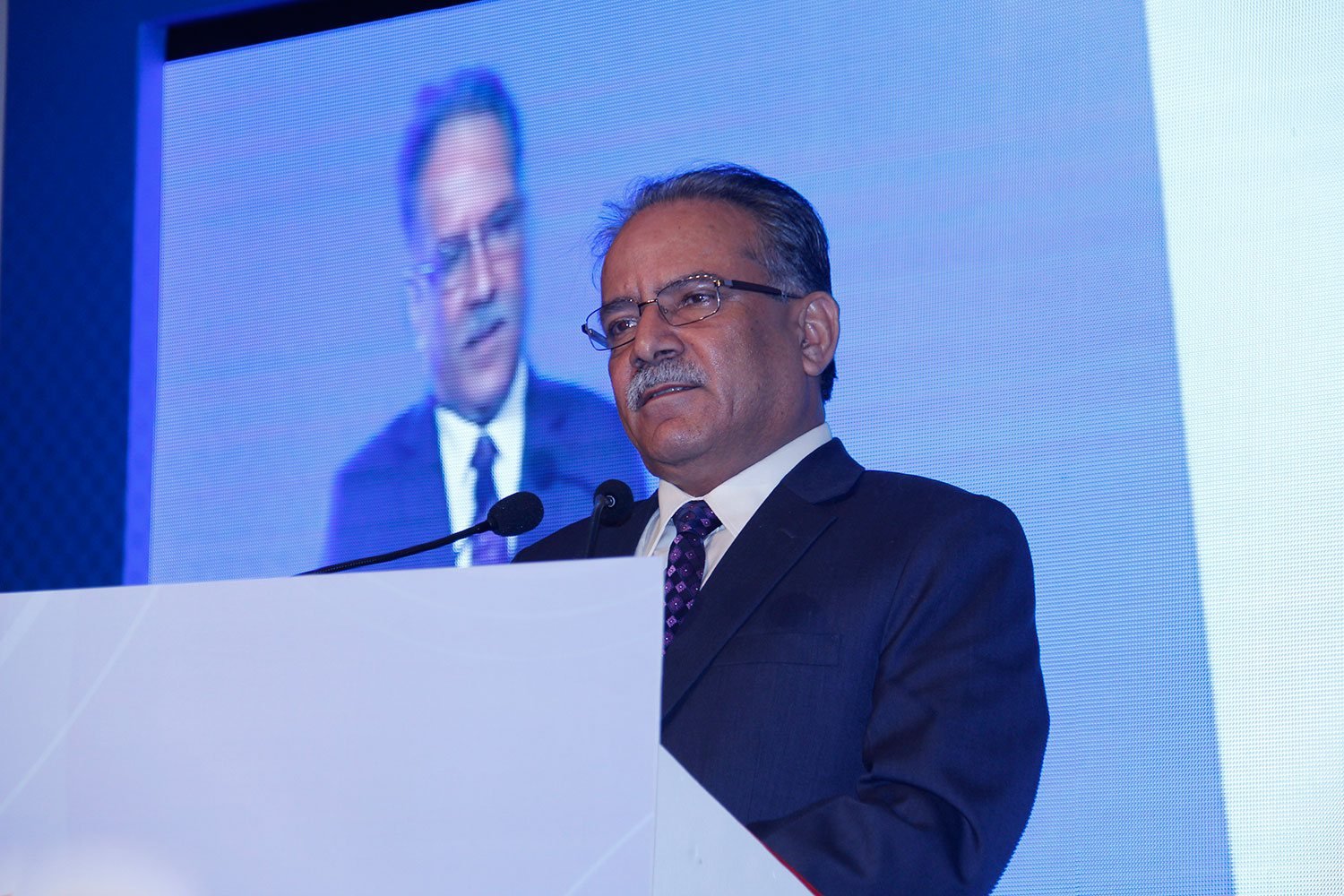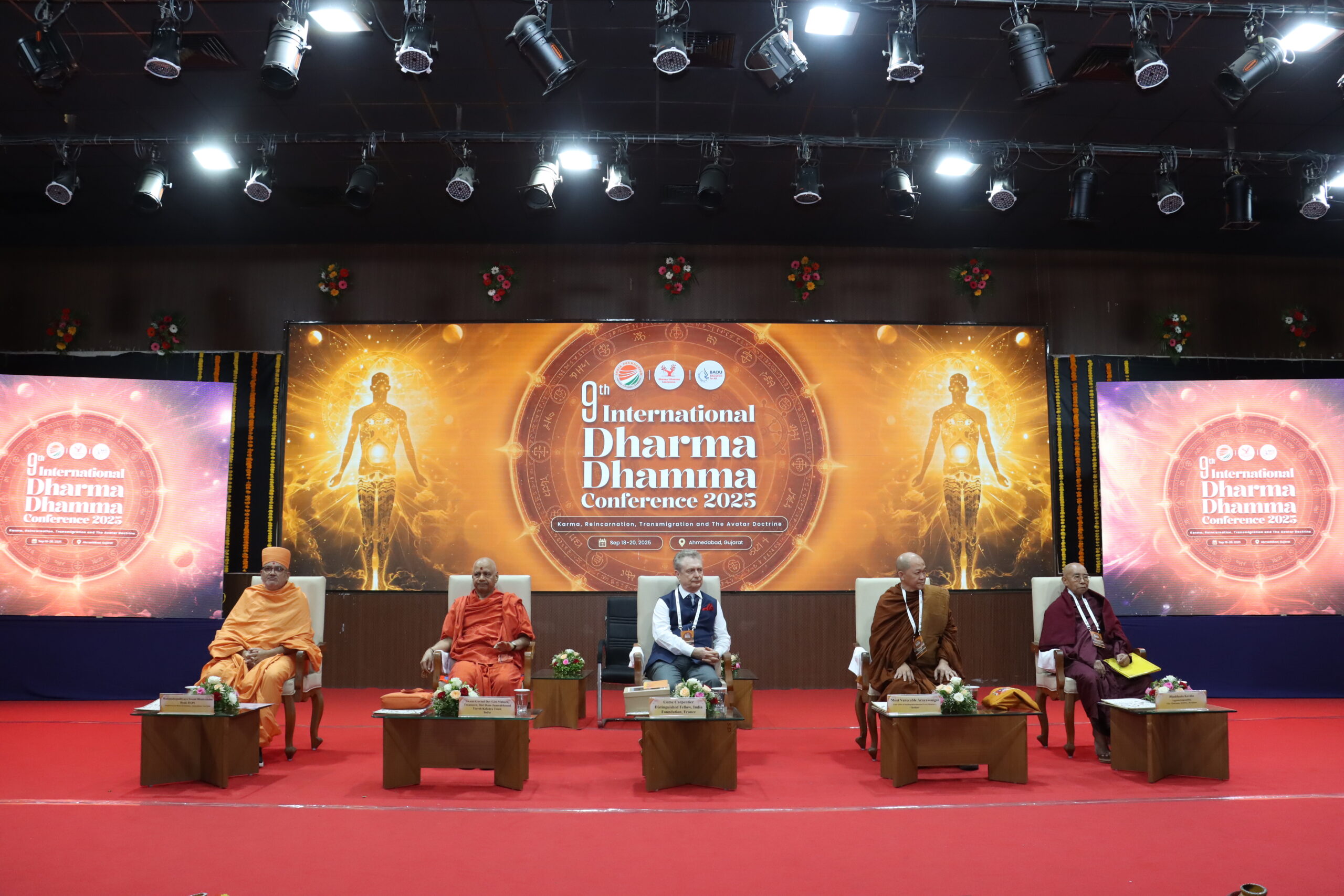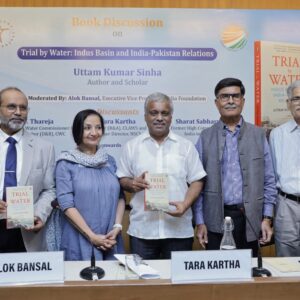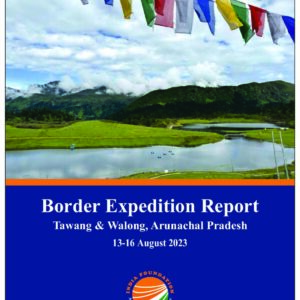~ By: Hari Bansh Jha
Nepal-India relations are unparalleled in world and so it is called ‘unique.’ In view of this reality, it is sometimes said that Nepal and India are like twins, which share only one soul. In the past, Indian Prime Minister Atal Bihari Vajpayee during his visit to Nepal once said that the relations between the two countries are higher than the Himalayas and deeper than the ocean.
Open border system between the two countries leading to unrestricted cross-border movement of people have played key role in fostering the relations between Nepal and India. Together with this, common roots in our traditional values, languages and religions have also unified the people of the two countries. Relations between the two countries are also dynamic due to the marriages, particularly among the border inhabitants of the two countries.
Nevertheless, the relations between Nepal and India at the government-to-government level have not always been smooth. For example, during the five-month long economic blockade of Nepal by the agitating Madheshi community of Terai between September 23, 2015 and February 8, 2016, certain misunderstanding had cropped up in relations between the two countries. Nepal charged India for the troubles caused by economic blockade, which this country denied. As if this was not enough, Prime Minister KP Sharma Oli signed major agreements with China to develop connectivity with this country through the railways and also by using Chinese sea port for trade with third countries. Such activities aimed at reducing the country’s dependence on India. Even the efforts to recalling Nepal’s ambassador from New Delhi and cancelling the visit of President Bidya Devi Bhandari to India was intended to dilute the warmth in relations between the two countries.
Whenever Nepal’s head of government/state visits India, a voice is raised not to sign any new agreement with this country. On the other hand, during the visit of such person to certain other country, it is often repeated to make this or that agreement. Not only this, even if a joint-press release comes out at the end of the visit of head of state/government to India, it is opposed by certain groups. But there is no voice in opposition when certain controversial agreements are signed with other country.
As is well known, India went out of the way in supporting the earthquake victims of April 25, 2015 in Nepal, which was highly appreciated by most of the Nepalese and international community. Yet a section of the Nepalese opposed India and asked its rescue team to ‘go back,’ which was a kind of humiliation to them.
In 2008, relations between the two countries soured when Prime Minister Pushpa Kamal Dahal ‘Prachanda’ visited China first before his visit to India. In 2005 the relations between the two countries deteriorated due to import of sophisticated war weapons from China against the letter and spirit of Nepal’s 1950 Treaty of Peace and Friendship with India. In 1988-89, too, relations between Nepal and India had touched the low ebb on the same ground when Nepal imported war weapons from China.
Opposing the 1950 Treaty of Peace and Friendship has almost become a fashion for certain elite groups in Nepal, though it provides several concessions to the Nepalese on non-reciprocal basis. In the past, arms were imported from China in 1988-89 and later on in 2005 mainly to prove that the Treaty was null and void. Similarly, Nepal’s ‘Zone of Peace’ proposal that was mooted in 1974 at the coronation ceremony of King Birendra aimed at undermining the Treaty of Peace and Friendship. Of course, Nepal could abrogate this Treaty as per its clause. But it is not doing so. Instead, this Treaty is used as a ploy to create a feeling of ill-will against India, though this is the only Treaty between the two countries that acknowledges Nepal as a sovereign nation.
However, what is unique in relations between Nepal and India is that differences, if any, at the government-to-government level does not last long. Even KP Sharma Oli, who is regarded as diehard anti-India, ultimately acknowledged it during his visit to New Delhi in February 2016 that his misunderstanding with New Delhi came to an end. Pro-monarchical forces who at times tried to create ruptures in Nepal’s relations with India now admit of their mistakes. Also, the CPN (Maoist Centre) leader Pushpa Kamal Dahal ‘Prachanda’ before becoming Prime Minister for the second time admitted that he had committed mistakes in regard to Nepal-India relations due to the lack of experience.
After the change of guard in Nepal when Prachanda became Prime Minister for the second time in August 2016, he expressed his desire to improve Nepal-India relations that had soured for quite some time. India responded positively. Towards this end, three agreements were signed when he visited India in September 2016, which included upgradation of Terai highways, additional line of credit for new projects like Phase 2 of Terai roads and power transmission, and credit of $ 750 million for post earthquake reconstruction. Also, certain hurdles in regard to the implementation of Pancheshwar, 900 MWArun III and Upper Karnali were removed.
But if the past developments are to be taken as guide, it is quite obvious that all is not well in Nepal-India relations. Nepal today is not Nepal of yesterday. Certain external force wants to neutralize India’s influence in Nepal by playing ‘money game,’ whose final goal is to use the Nepalese territory for further expansion. Others want to use NGOs/INGOs as their basic tool to convert the people to alien faith. And, still there are certain external forces in the country that want to disturb peace and prosperity in the surrounding through different criminal activities related to fake currency, smuggling of gold, and drugs. Such activities without political patronage are not possible.
Under the given situation, India is bound to face turbulence in its relation with Nepal at least in the foreseeable future, no matter if the government in Nepal is friendly or unfriendly to it. India does have friendly mass in Nepal and people to people relation is largely amicable. But this does not work much when certain well organized lobby in the country is bent upon using propaganda tools to downsize India’s influence in the country. India needs to realize that something is missing in its foreign policy with Nepal. Its challenges today could be a major opportunity tomorrow if right efforts are made to improve the situation.
Dr. Jha is Executive Director of Centre for Economic and Technical Studies in Kathmandu. Views expressed by the author are strictly personal.




